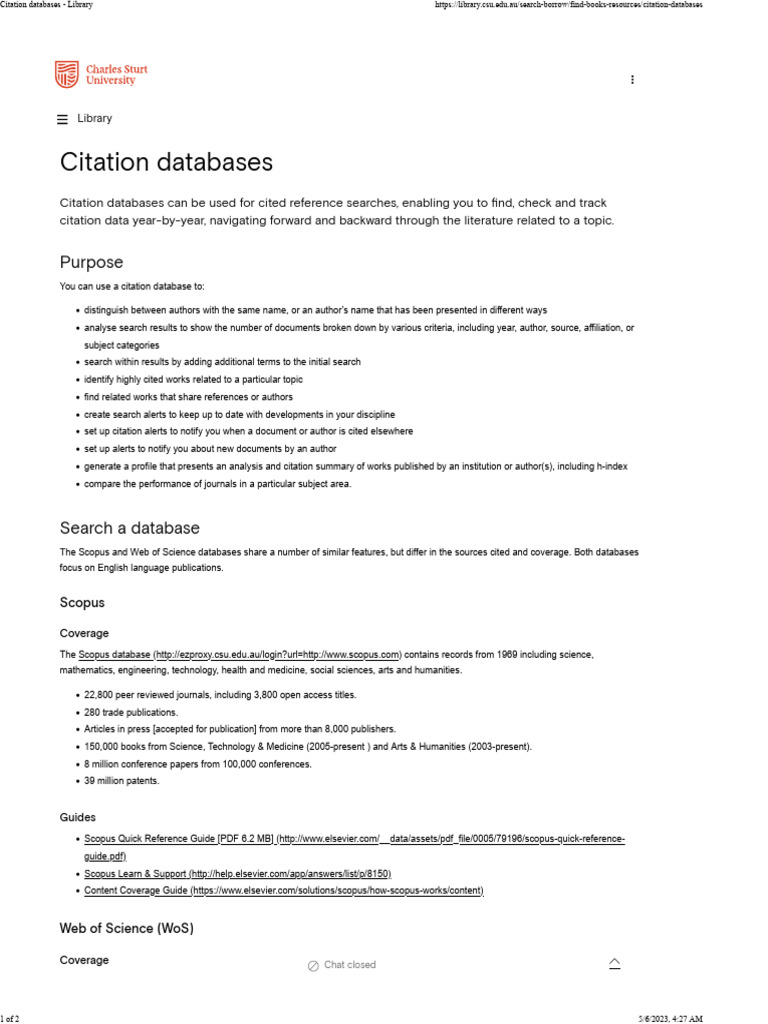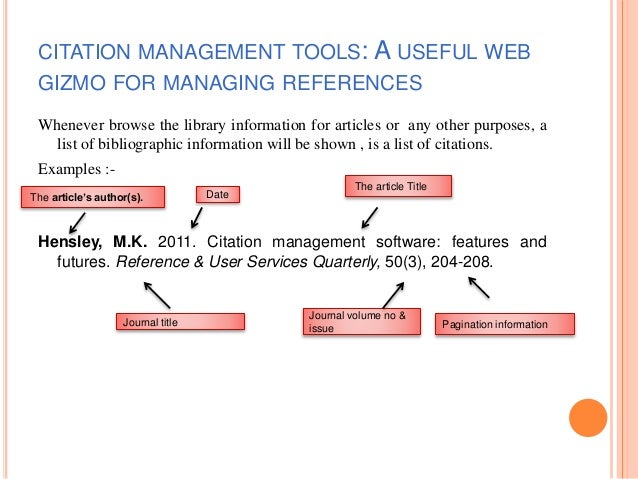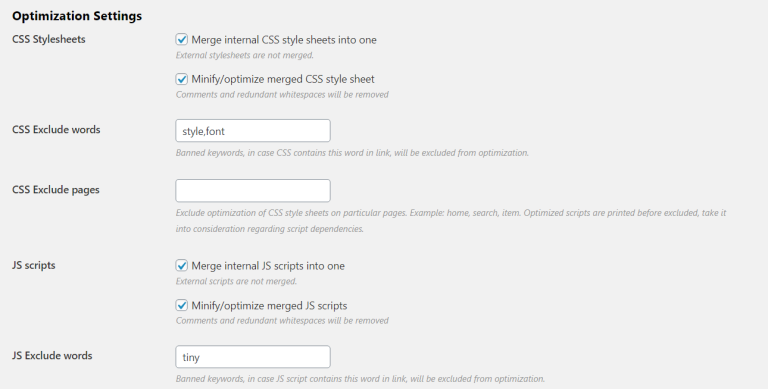
In the age of information overload, transparency and credibility are more important than ever. Whether you’re writing a research paper, creating a data-driven infographic, or developing content for your website, properly citing your sources is essential. A well-structured citation page not only gives credit where it’s due but also enhances the trustworthiness of your work. In this article, we’ll explore how to create an effective citation page that ensures transparent data source collection, helping you build authority and avoid plagiarism.
What Is a Citation Page and Why It Matters
A citation page is a list of all the sources you referenced in your work. It serves as a roadmap for readers, allowing them to locate and verify the information you’ve used. Proper citations are crucial in academic, professional, and even journalistic contexts because they:
- Establish credibility: By showing that your claims are backed by reliable sources.
- Avoid plagiarism: Ensuring that you’re not presenting someone else’s work as your own.
- Support research integrity: Helping others build on your work by providing clear references.
In the digital era, where misinformation spreads rapidly, a transparent citation page is more than just a formality—it’s a necessity. According to Brown (2019), “Citations are the backbone of academic and professional integrity, serving as both a shield against misrepresentation and a guide for further exploration” (p. 1021).
How Citation Pages Impact SEO and Content Authority
While citation pages may seem like a purely academic concern, they play a significant role in modern SEO. Search engines like Google prioritize content that is accurate, credible, and well-sourced. When your content includes proper citations, it signals to search algorithms that your work is trustworthy and valuable.
Moreover, citation pages can improve your site’s E-E-A-T (Experience, Expertise, Authoritativeness, Trustworthiness) score. This is especially important for content in fields like health, finance, and science, where accuracy is paramount. A citation page helps demonstrate that your content is informed by reputable sources, which can boost your rankings and user engagement.
For example, if you’re writing about climate change and include citations from the National Climatic Data Center or the Environmental Protection Agency, you’re not only adding value to your readers but also signaling to search engines that your content is authoritative.
Step-by-Step Implementation Framework
Creating an effective citation page doesn’t have to be complicated. Follow these steps to ensure your sources are clearly and consistently cited:
- Define or Audit the Current Situation
- Begin by reviewing the content you’ve already created. Identify any sources that haven’t been properly cited.
-
Determine the citation style you’ll use (e.g., APA, MLA, Chicago). Choose one that aligns with your audience and field.
-
Apply Tools, Methods, or Tactics
- Use citation management tools like Zotero, Mendeley, or EasyBib to organize your sources and generate citations automatically.
- Ensure each citation includes the author, title, publication date, and URL (if applicable).
-
For data sources, include specific details such as the dataset name, organization, and access date.
-
Measure, Analyze, and Optimize
- After creating your citation page, review it for consistency and completeness.
- Check that all links to external sources are working correctly.
- Use tools like Google Search Console or SEMrush to monitor how your content is performing and whether users are engaging with your cited sources.
By following this framework, you’ll create a citation page that not only meets academic standards but also enhances the visibility and trustworthiness of your content.
Real or Hypothetical Case Study
Let’s imagine a scenario where a content marketing team is creating an infographic about global education trends. They pull data from the World Bank, UNESCO, and the National Center for Education Statistics. Without proper citations, their infographic might appear untrustworthy, leading to low engagement and poor SEO performance.
However, by including a detailed citation page that lists each data source with proper formatting and links, the infographic becomes a valuable resource. As a result, the content ranks higher in search results, attracts more traffic, and builds trust with readers. Over time, this leads to increased brand authority and better user retention.
Tools and Techniques for Citation Page Development
Several tools can help streamline the process of creating and maintaining a citation page:
- Zotero – A powerful tool for managing research sources and generating citations in multiple styles.
- Mendeley – Offers similar features to Zotero, with added collaboration and document management capabilities.
- EasyBib – A user-friendly online tool for creating citations quickly and easily.
- Google Scholar – Useful for finding academic sources and generating citations directly from search results.
- Pandoc – A versatile tool that can convert documents between formats while preserving citations.
- Citation Machine – An automated tool that generates citations based on the information you provide.
These tools can save you time and reduce the risk of errors, ensuring that your citation page is both accurate and professional.
Future Trends and AI Implications
As AI continues to shape the way we consume and produce content, the importance of transparent data sourcing will only grow. Search engines are becoming increasingly sophisticated at identifying high-quality, well-cited content. In the future, we may see AI systems that automatically verify the accuracy of cited sources and flag potential issues.
Additionally, the rise of generative AI models like ChatGPT and Gemini means that creators must be even more vigilant about citing their sources. Proper citations not only protect against plagiarism but also help distinguish human-created content from AI-generated material.
To stay ahead, focus on building a culture of transparency within your content strategy. Encourage your team to cite sources rigorously and use tools that support this practice.
Key Takeaways
- A citation page is essential for establishing credibility and avoiding plagiarism.
- Proper citations enhance your content’s E-E-A-T score and improve SEO performance.
- Using tools like Zotero, Mendeley, and EasyBib can streamline the citation process.
- Transparency in data sourcing is critical in the AI-driven content landscape.
- Always review and update your citation page to ensure accuracy and relevance.
By making citation page development a priority, you’ll not only strengthen your content but also build long-term trust with your audience.
Meta Title: How to Create an Effective Citation Page for Transparent Data Source Collection
Meta Description: Learn how to create a citation page that enhances credibility, avoids plagiarism, and improves SEO performance.
SEO Tags (5): citation page, data sources, transparent sourcing, SEO best practices, content credibility
Internal Link Suggestions:
– [Parameter #1: Search Intent Alignment]
– [Parameter #7: Semantic Keyword Mapping]
– [Parameter #12: PAA Question Targeting]
External Source Suggestions:
– https://www.zotero.org
– https://www.mendeley.com
– https://www.easybib.com









